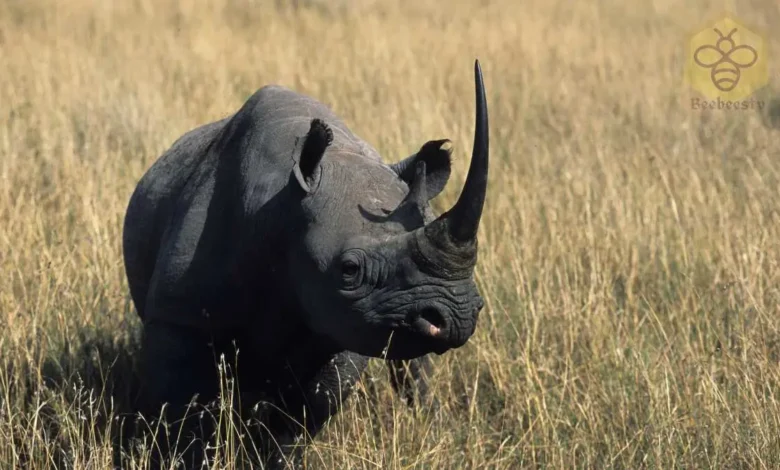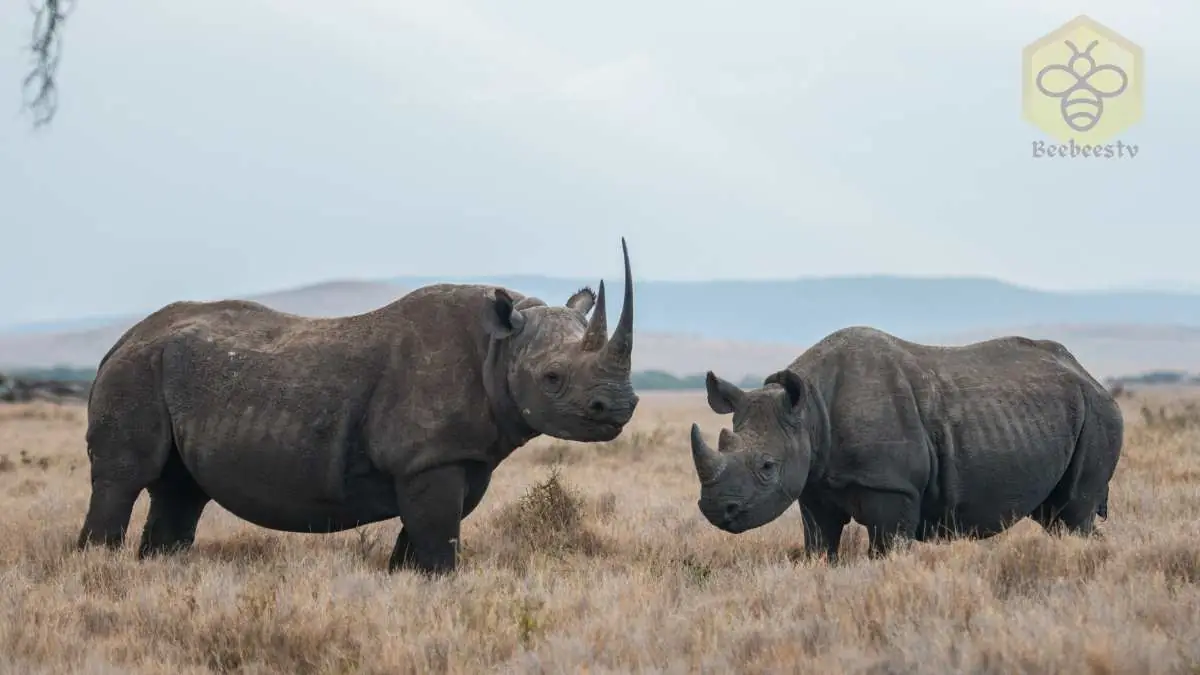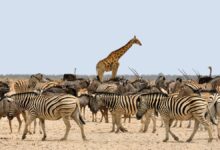Black Rhinoceros: A Detailed Look Into This Magnificent Species

Black Rhinoceros: A Detailed Look Into This Magnificent Species
Black Rhinoceros
Introduction
The Black Rhinoceros, often referred to simply as the black rhino, is one of Africa’s most iconic large mammals. Despite its name, this species is not truly black but dark gray. Known for its distinct hooked lip and imposing stature, the black rhino plays a crucial role in its ecosystem. Sadly, it is critically endangered due to poaching and habitat loss.
Scientific Overview
Scientific Name
Diceros bicornis
Common Name
Black Rhinoceros
Scientific Classification
| Kingdom | Animalia |
| Phylum | Chordata |
| Class | Mammalia |
| Order | Perissodactyla |
| Family | Rhinocerotidae |
| Genus | Diceros |
| Species | D. bicornis |
Types
The black rhino is divided into several subspecies, including:
- South-central black rhinoceros (D. b. minor)
- Eastern black rhinoceros (D. b. michaeli)
- South-western black rhinoceros (D. b. bicornis)
Habitat and Distribution
Preferred Habitats
- Semi-arid savannas
- Woodlands
- Grasslands
Geographic Range
- It is found in eastern and southern Africa, including countries like Kenya, Namibia, South Africa, and Zimbabwe.
Physical Characteristics
Size and Weight
- Height: 4.5–5.5 feet at the shoulder.
- Length: 10–12 feet.
- Weight: 1,800–3,100 pounds.
Appearance
- Skin: Thick, gray skin with a wrinkled texture.
- Horns: Two horns made of keratin; the front horn is larger and can grow up to 5 feet.
- Distinctive Features: Prehensile upper lip, ideal for grasping leaves and branches.
Diet and Feeding Habits
Dietary Needs
Black rhinos are herbivores, feeding primarily on:
- Twigs and branches
- Leaves and shrubs
- Fruits and herbs
Feeding Behavior
Their prehensile lip allows them to pull vegetation easily, making them browsers rather than grazers.
Predators and Threats
Natural Predators
- Lions (primarily preying on calves)
- Hyenas
Human-Induced Threats
- Poaching: Driven by demand for rhino horns in traditional medicine and as a status symbol.
- Habitat Loss: Encroachment from agriculture and urbanization.

Reproduction, Calves, and Lifespan
Reproduction
- Gestation Period: About 15–16 months.
- Calves: Typically, a single calf is born.
Calf Development
- Newborns weigh around 80–100 pounds and stay with their mothers for 2–3 years.
Lifespan
Black rhinos live approximately 35–50 years in the wild and slightly longer in captivity.
Behavior and Lifestyle
Social Structure
- Generally solitary, except for mothers with calves.
- Males are territorial, marking their area with dung and urine.
Activity
- Active during dawn and dusk (crepuscular).
- Wallows in mud to cool off and protect their skin from parasites.
Ecological Role
Black rhinos play a crucial role in shaping their ecosystems. By browsing on shrubs and small trees, they help maintain open landscapes, benefiting other species.
FAQs About Black Rhinoceros
- Why are black rhinos critically endangered?
Black rhinos are critically endangered due to extensive poaching for their horns and habitat destruction. - How do black rhinos defend themselves?
They rely on their size, strength, and sharp horns to fend off predators. - Can black rhinos run fast?
Yes, black rhinos can run at speeds of up to 35 miles per hour. - Are black rhinos aggressive?
While generally shy, they can become aggressive when threatened or provoked. - What is being done to protect black rhinos?
Conservation efforts include anti-poaching initiatives, habitat restoration, and breeding programs.
Conclusion
The black rhinoceros is a remarkable and vital part of Africa’s wildlife. Despite facing critical threats, conservationists and organizations worldwide are striving to protect this magnificent species. Understanding their importance and challenges is key to ensuring their survival for future generations.


